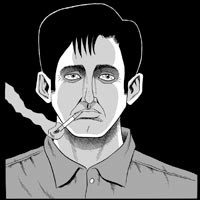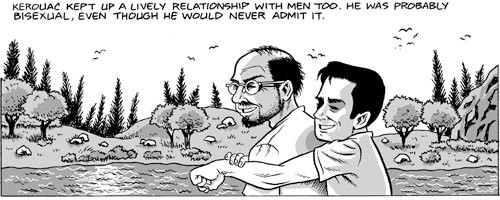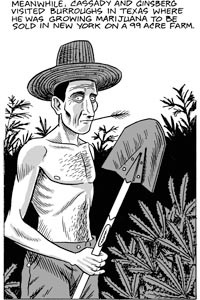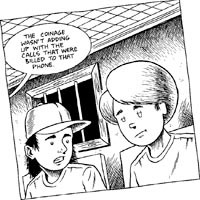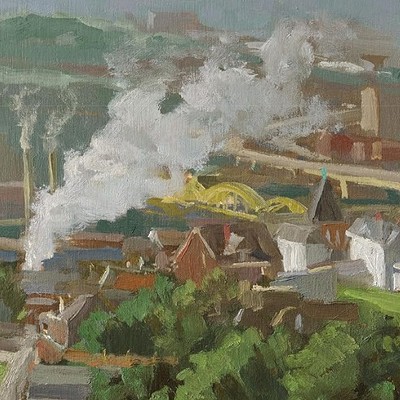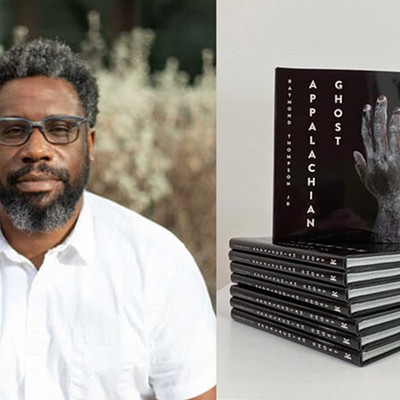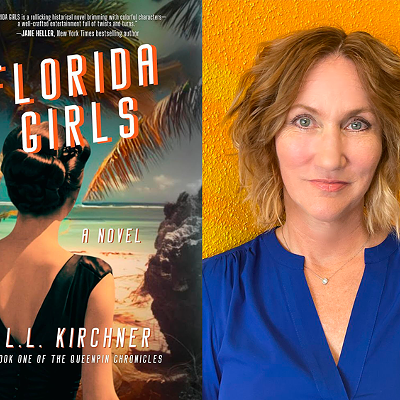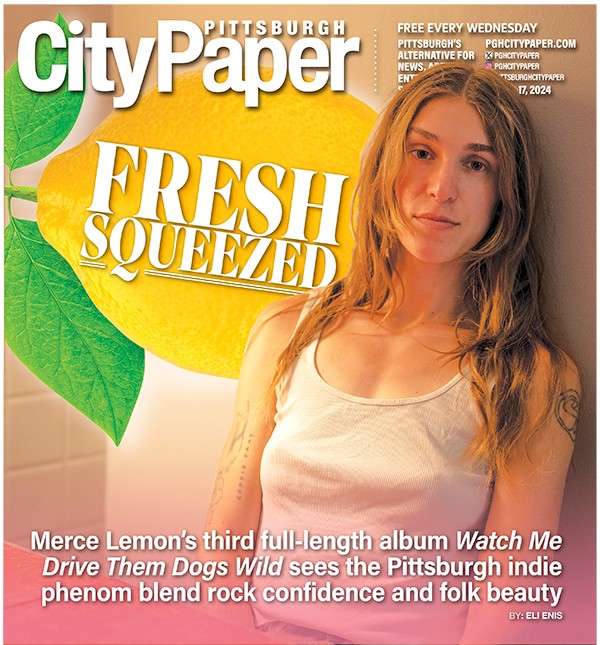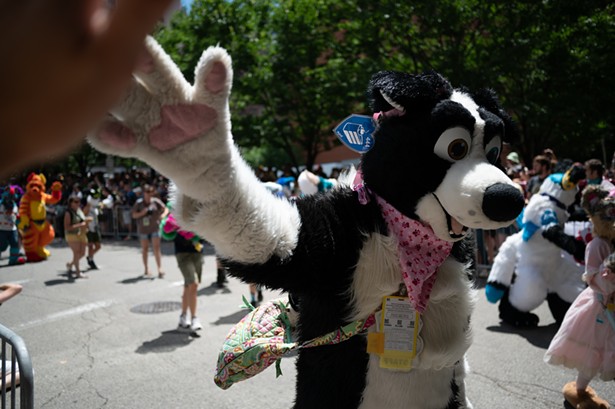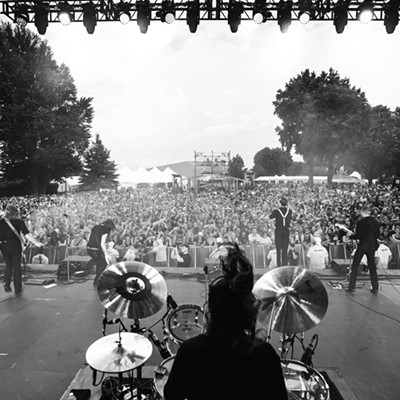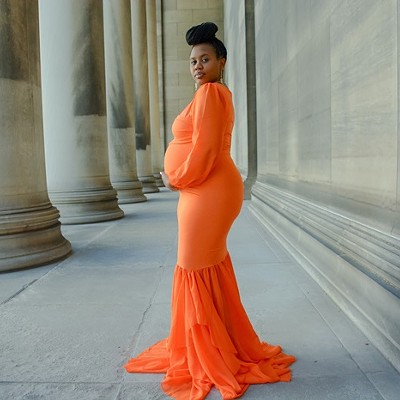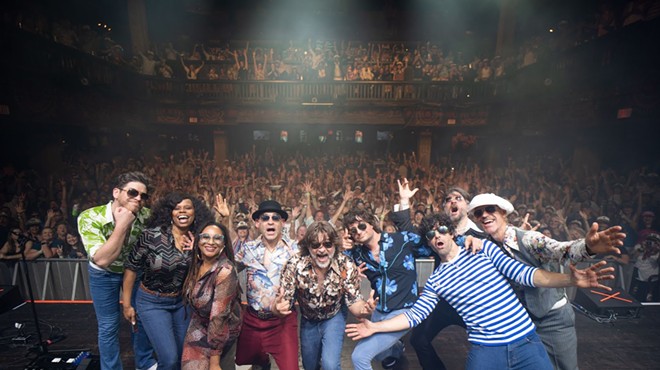In 2006, local cartoonist Ed Piskor (then 23) was hired to draw much of The Beats, a graphic history of the Beat generation. The main writer was Harvey Pekar, the Cleveland-based American Splendor author and probably the country's best-known comics writer. Piskor says he worked from a typed manuscript vetted by publisher Hill and Wang rather than the "stick figures and chicken scratch" Pekar typically provides.
While Piskor has since become a frequent Pekar collaborator, publication of The Beats (edited by Paul Buhle) was delayed until March, when it was released to generally positive reviews. The 199-page hardback covers seminal figures Jack Kerouac, William S. Burroughs and Allen Ginsberg, plus Lawrence Ferlinghetti, Gregory Corso and others. Other contributing writers and artists include Joyce Brabner, Jerome Neukirch and Gary Dumm.
Piskor (an occasional CP contributor) grew up in Munhall and lives on the South Side. He spoke with CP about The Beats and about Wizzywig, his self-published, serialized graphic novel about the life and times of a fictional pioneering computer hacker partly based on real-life hacker Kevin Mitnick.
What's the visual essence of Kerouac?
He has very strong features. I'm not very interested in being a caricaturist [or in photorealism]. I sorta created just an impression of him. ... I knew he had a lot of demons. This could just be his legend, but he was an alpha-male, macho kind of guy, so I tried to capture that a little bit.
Why did you visualize Keroauc's sexual relationships with men this way?
I like to always draw my dad into my comics. I try to draw him as anything my dad isn't. He likes to show people, "Look the bastard drew me in something."
[Kerouac] seemed real conflicted about his bisexuality, so it made sense to make it kind of an isolated scene, where there wouldn't be too many people.
The Beats is pretty text-heavy for a comic.
Every word is him [Pekar]. He sort of frowned upon me breaking up the captions to create more panels. I feel like I could have done more if I had broken it up a little bit. This reminded me more of the old EC Comics, like Tales from the Crypt. It's more like illustrated prose. It's capturing moments. Between each panel a year might go by. Five years might go by.
Here's Burroughs.
He had a real interesting face shape. I'm really [reading] a lot of Chester Gould's comic right now; [Burroughs] looked like a Dick Tracy villain, to a certain extent. I definitely see him as a real creep.
I've always loved that comic strip ["Dick Tracy"]. It's one of the only comic strips I read and just let it wash over me ... Chester Gould can do whatever he wants and it's all right with me.
What did you learn about the Beat writers?
I came away with the idea that these guys were just a bunch of entitled little rich kids who thought they could get away with murder. I sort of deal with a lot of watered-down Keroaucs around here.
Let's talk Wizzywig. "Vol. 2: Hacker" finds protagonist Kevin Phenicle in trouble, in jail and on the lam for his illegal activities in the 1980s.
[It's] sort of plunging into the depths of the early personal computer and the infancy of the Internet.
Vol. 2 got mentioned in March's Wired. [Hackers author Steve Levy called it "a delight, wryly rendered and packed with dead-on details of the hacker life."]
Now that there are two [installments], people are taking it way more seriously. I was invited to a hacking convention a month or two ago, in Cleveland. I sold out of everything I had there.
You spoke there?
A lot of my talk was about how the mindset of a hacker and the mindset of a cartoonist are very, very similar. There's an obsessive quality that is involved -- hitting the buttons on a computer and not knowing how things are going to turn out.

